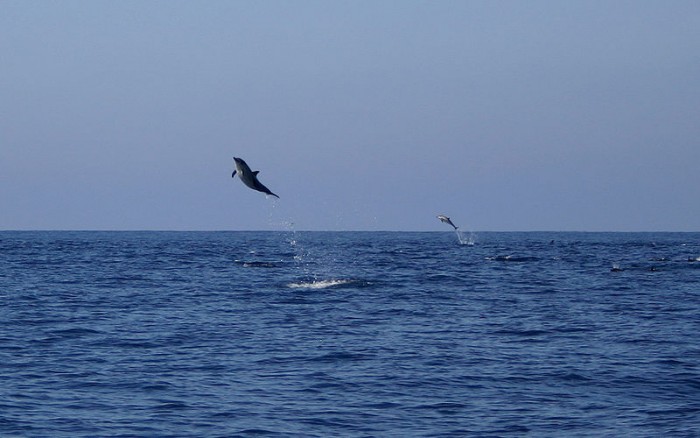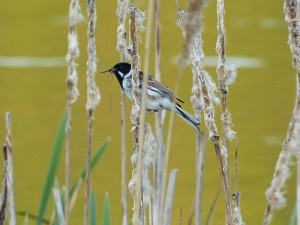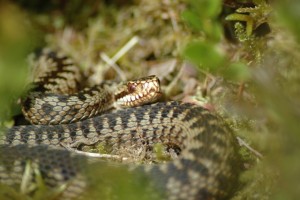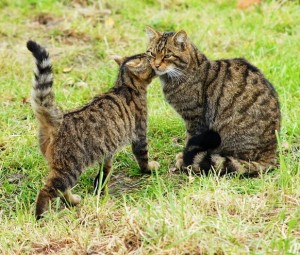Dolphin and Porpoise Marine Protected Areas
They may be competing for the same food or they may occupy the same niche. It is also thought that maybe the dolphins use the porpoises to practice fighting and catching prey, but the scientists that study this behaviour are no closer to agreeing on an answer.
 Image: By Erichstull (Own work) [CC-BY-3.0 (http://creativecommons.org/licenses/by/3.0)], via Wikimedia Commons
Image: By Erichstull (Own work) [CC-BY-3.0 (http://creativecommons.org/licenses/by/3.0)], via Wikimedia Commons As you may or may not know, Wales has a marine protected area devoted to the preservation of dolphins and porpoises near Cardigan Bay. This is a brilliant step towards conserving these popular and charismatic species. However, these two species have not been known to live together harmoniously, especially in Britain where the first dolphin-killed porpoise was discovered.
Dolphins have been seen to actively seek out porpoises in order to maim and kill them. They use their bodies to forcefully push the porpoise out of its group. Then the dolphins attack it with their snout, teeth and fins until the porpoise dies. The dead porpoises can be found washed up on beaches and the most common dolphin related injuries found are: teeth marks, ruptured livers, haemorrhage tears inside the blubber layer, imploded lungs and collapsed chest walls. It is thought by some that the dolphins use their ultrasound abilities to ‘hone in’ on the vital organs of the porpoises, although they do not eat their prey.
Dolphins do not like porpoises in the slightest, although it is not known why. There have been many theories; they may be competing for the same food or they may occupy the same niche. It is also thought that maybe the dolphins use the porpoises to practice fighting and catching prey, but the scientists that study this behaviour are no closer to agreeing on an answer. One interesting point to note is that there are more stranding’s of injured porpoises during the dolphin mating season. Also those dolphins seen to ‘bully’ porpoises are recorded to be mostly young males. This has led some scientists believe that the behaviour is more practicing how to fight for mating rights.
How do you conserve two species in the same area, when one is viciously murdering the other? This behaviour just goes to show our lack of knowledge about the marine world, even in those charismatic species that so many studies have already been completed on. I believe that we cannot conserve these two species together, but how can we separate them in a large expanse of marine environment? Or is this just evolution in its basic form and should be left to its own devices?





3 Comments
O.o! i love porpoises! this must be stopped!
Dear Amy, I was talking about this with a friend of mine who lives on Cardigan Bay and has been observing the dolphins and marine life there for years. He said that dolphins attacking porpoises in this extreme way is a relatively recent phenomenon. He also speculated that it was due to lack of food – the destruction of fish stocks by corporate fishing. I wondered, given the levels of toxic chemicals in our oceans, and the fact that dead dolphins around the UK coasts contain so many pollutants that they can often be classed as toxic waste, whether the chemicals are not affecting their behaviour, as they have been shown to do in humans. I’ve been researching this for some time, so if you would like to get in touch, let me know via these comments and I will email you.
Hi T,
Sorry about the long wait in a reply, I haven’t been an active member of this website in quite a while (silly masters got in the way). I written this post after a lecture about this very subject. I also believed that the behaviour may be due to the collapse of the fish stocks, however when I approached this to my lecturer he said that there was no evidence either way. He stated that if it was due to a lack of food, then it would not be just the young males attacking the porpoises. I remain speculative about the subject. If you do have any more of an insight on this then I would be grateful to receive it.
Amy